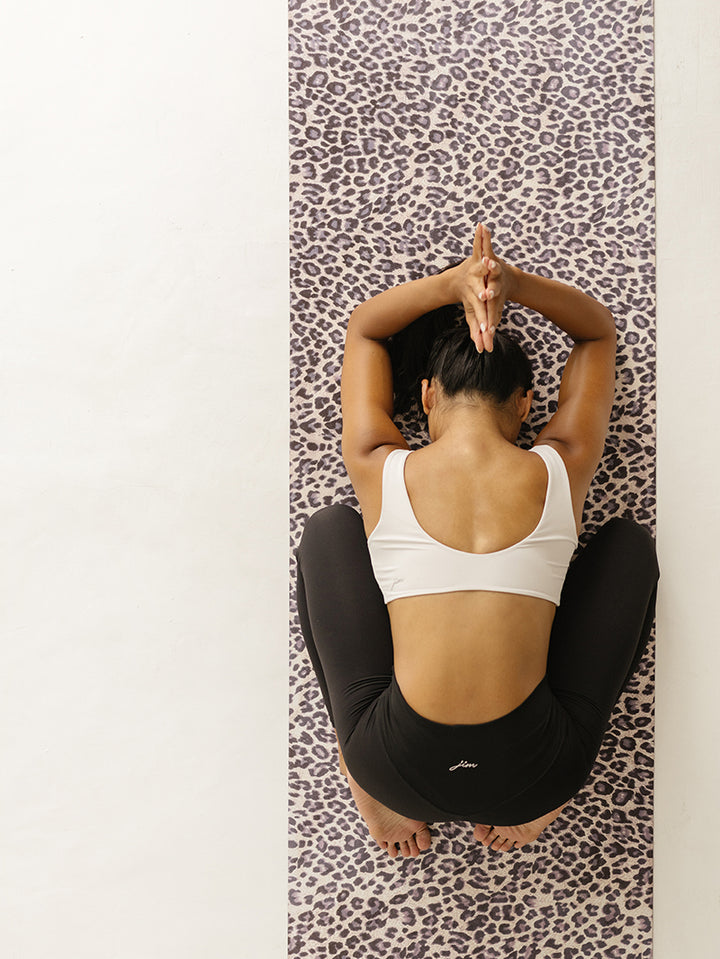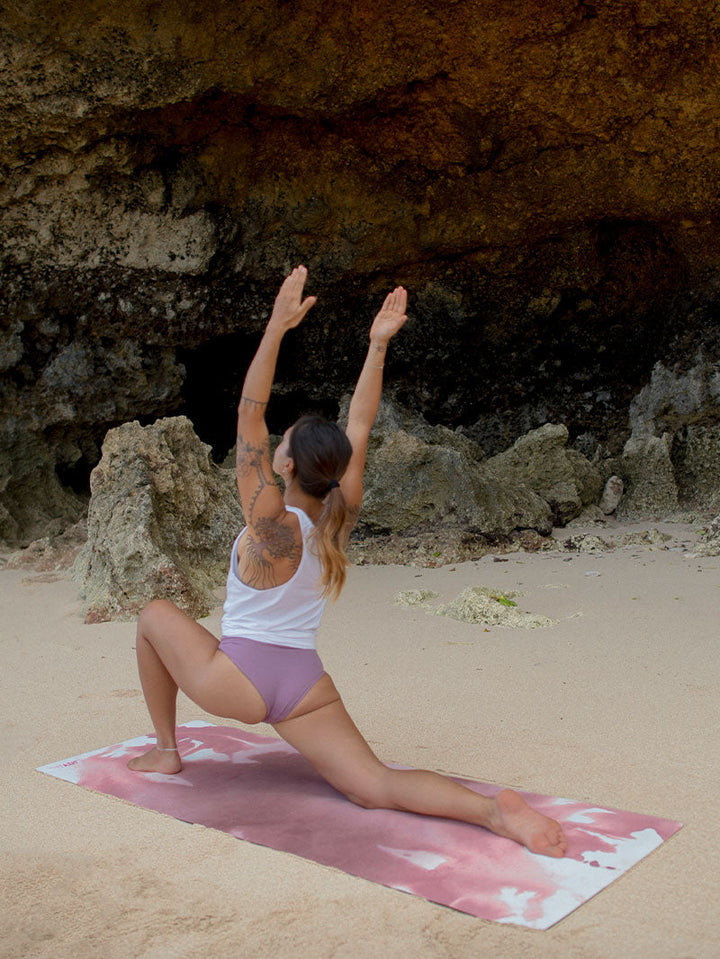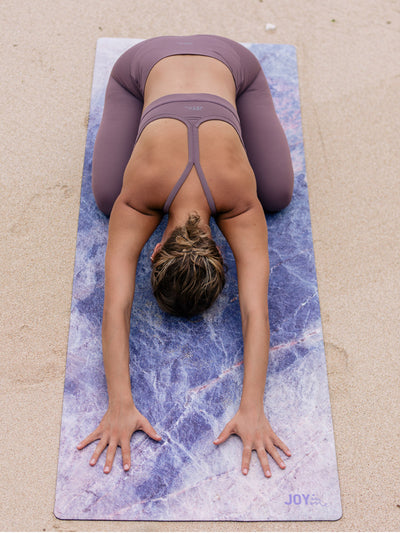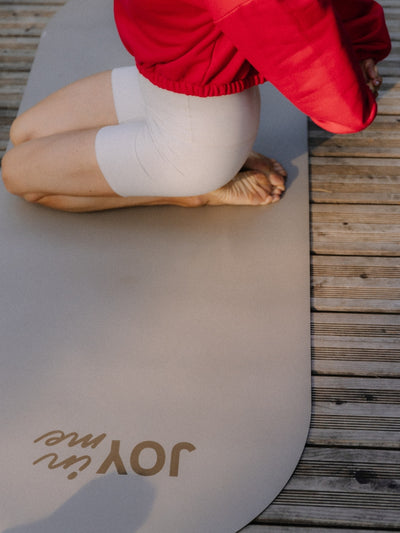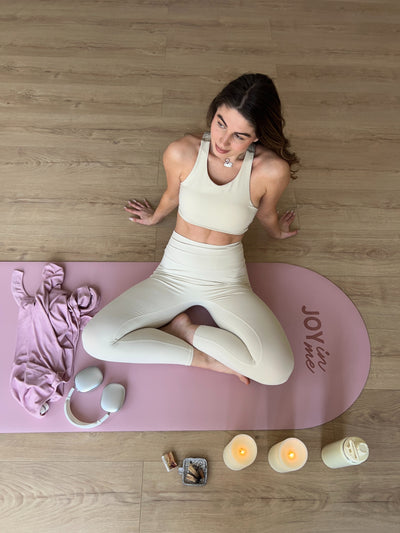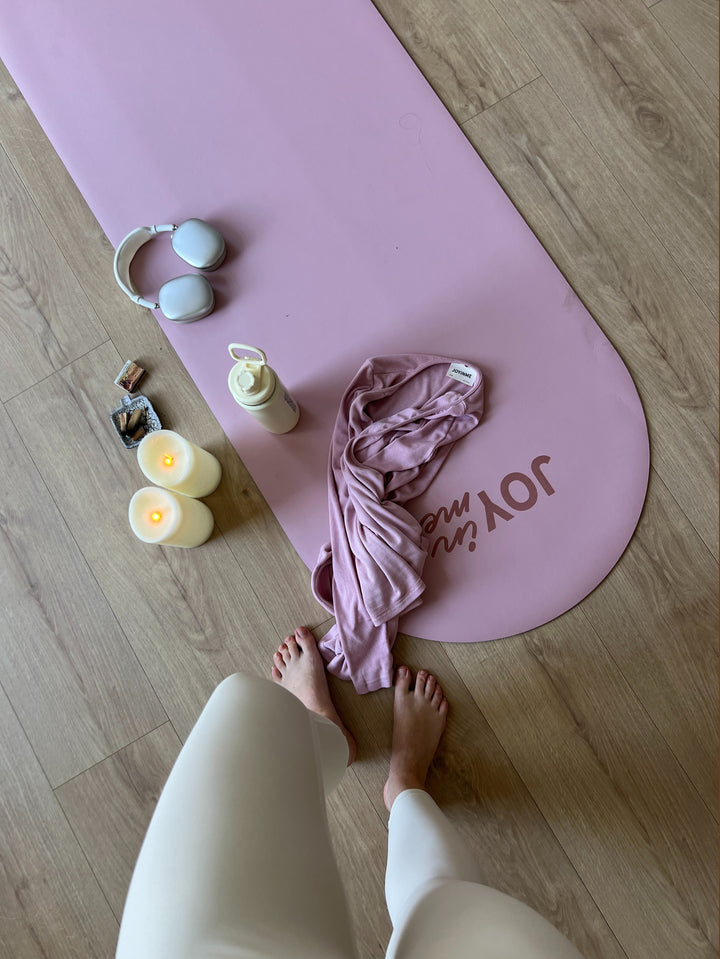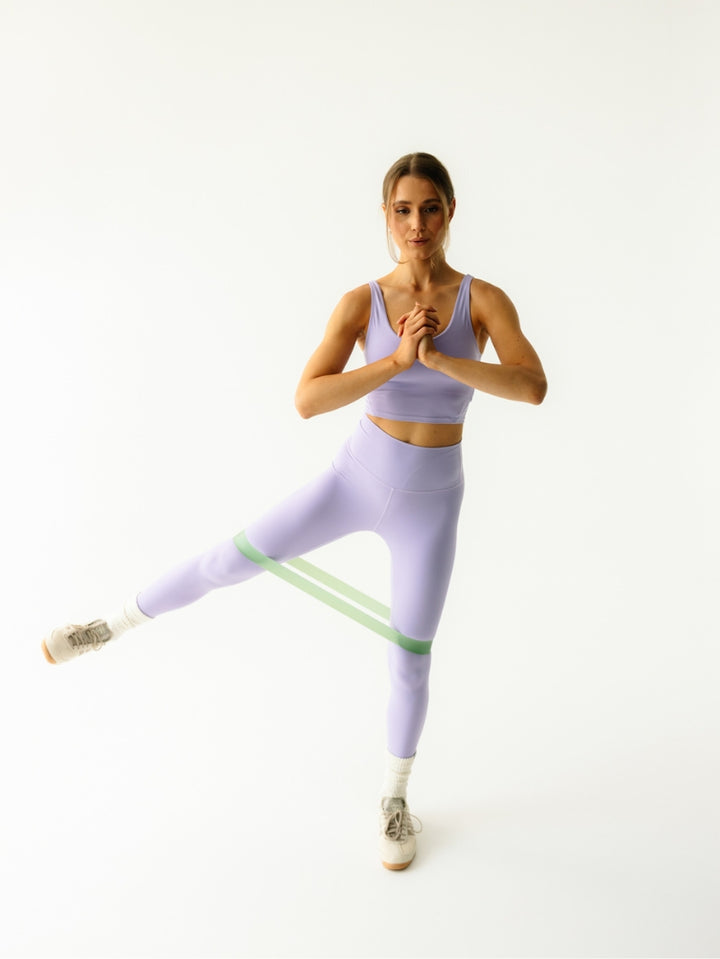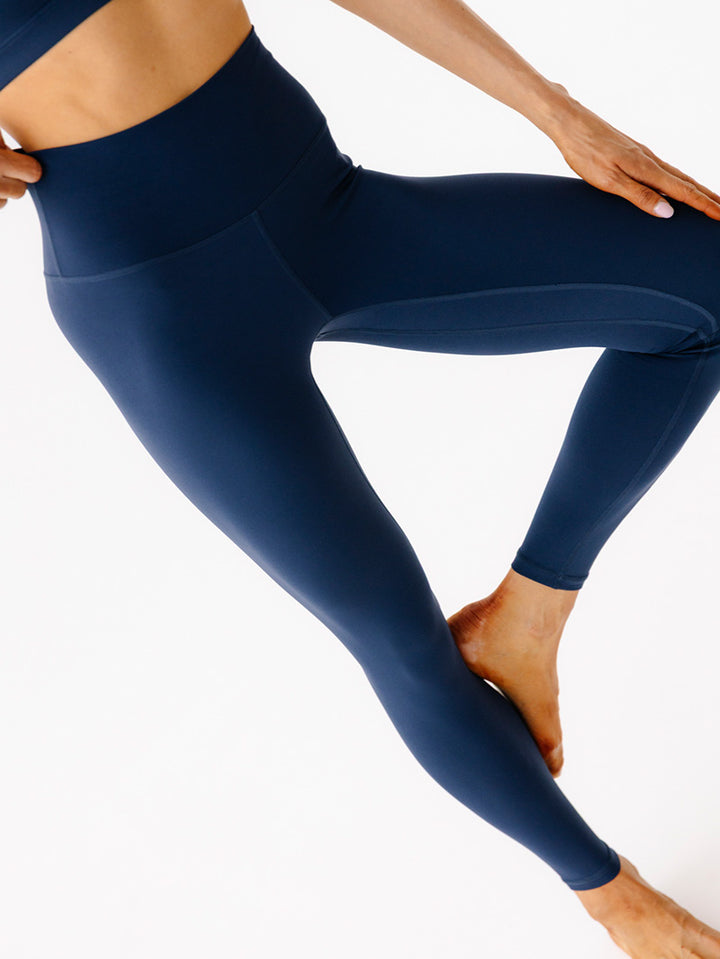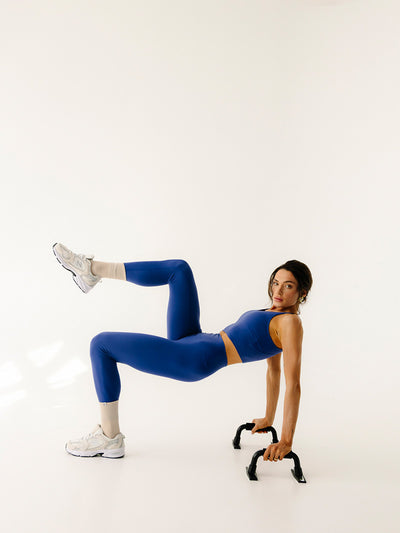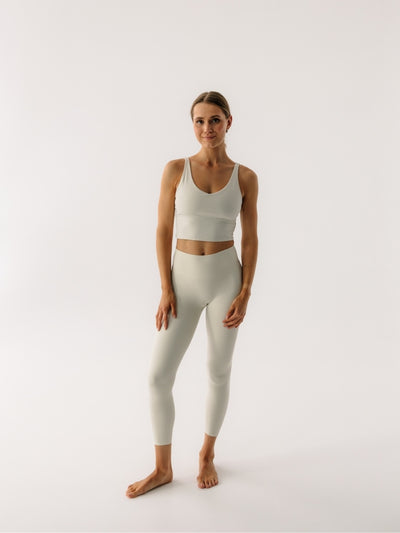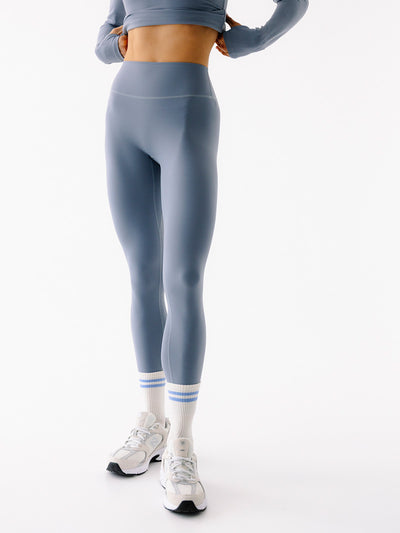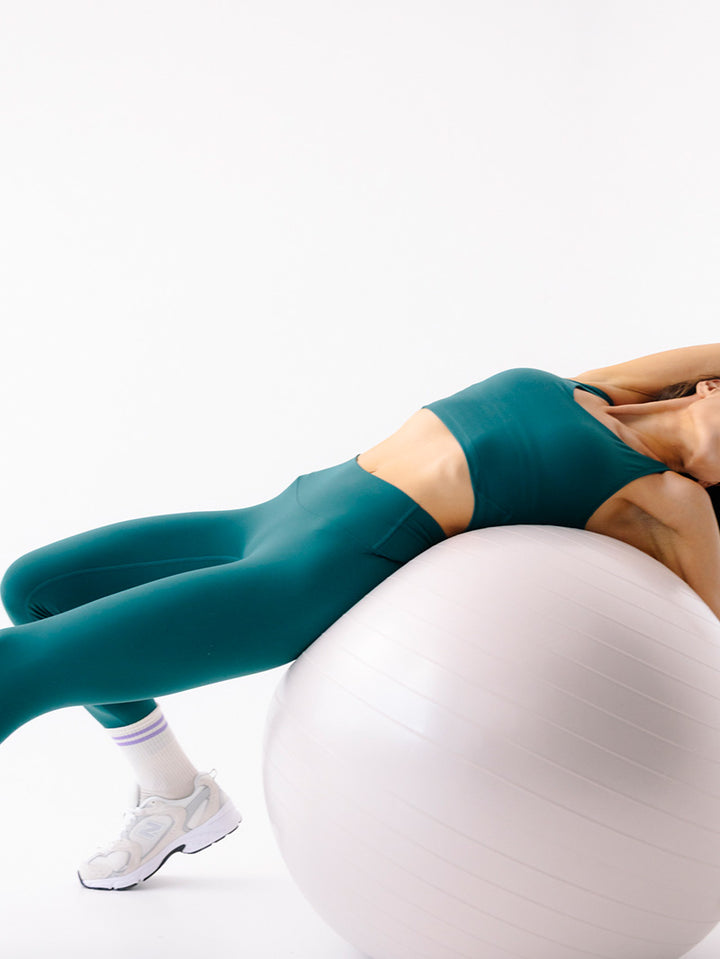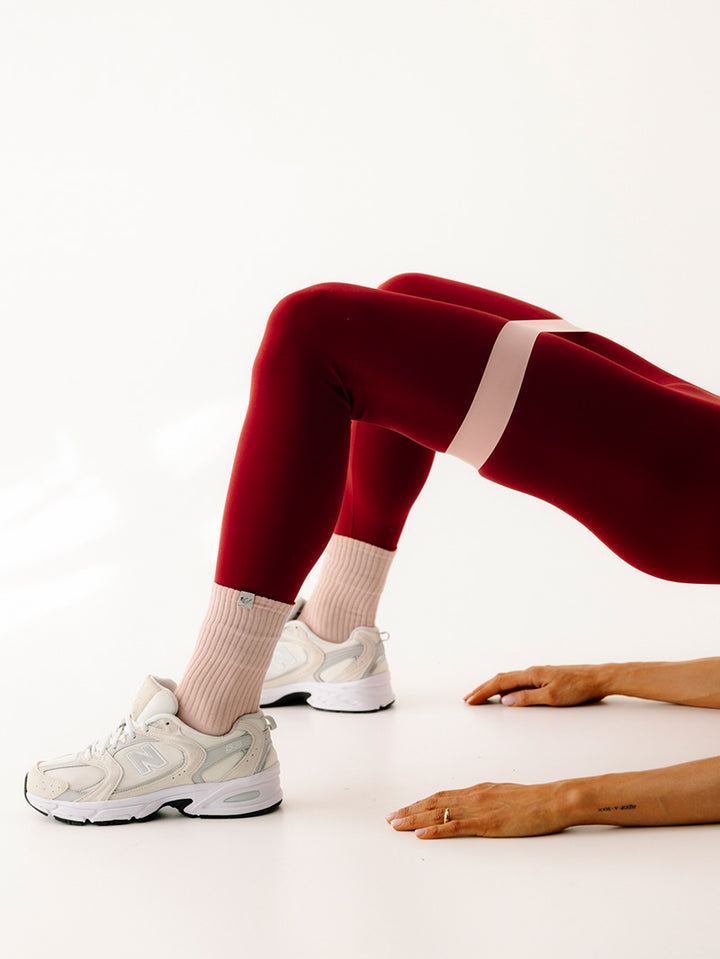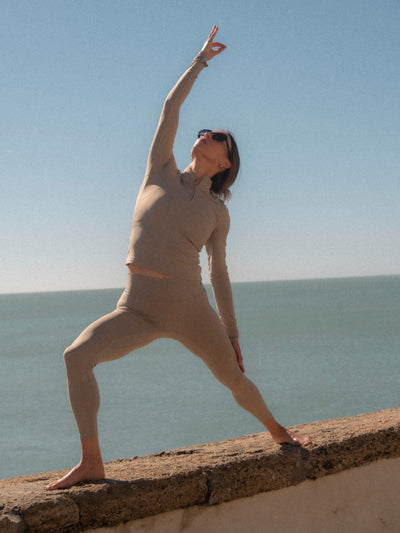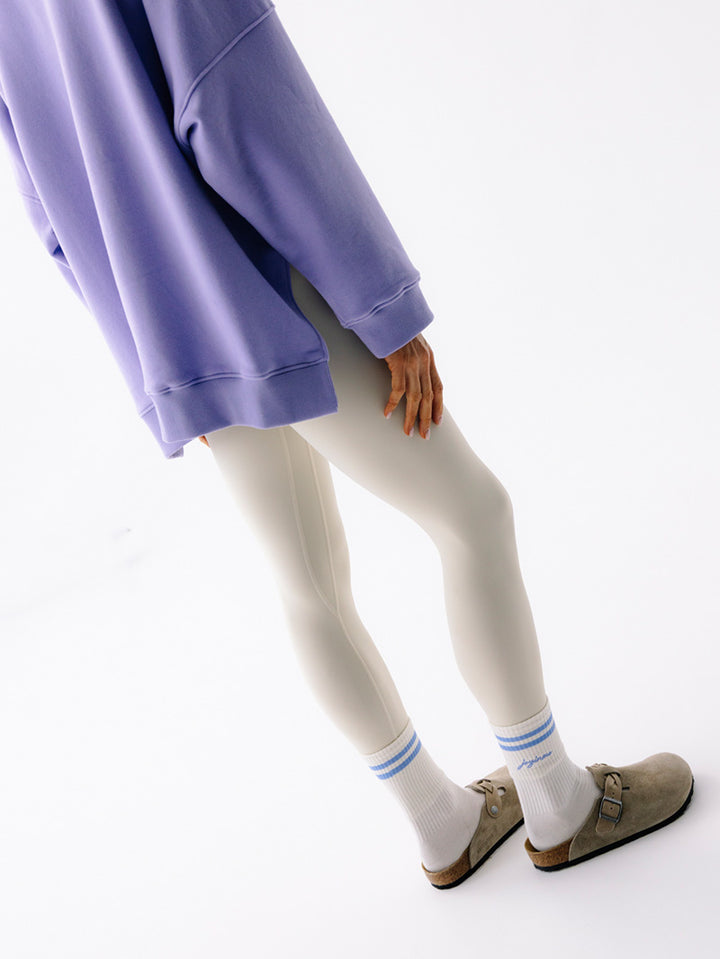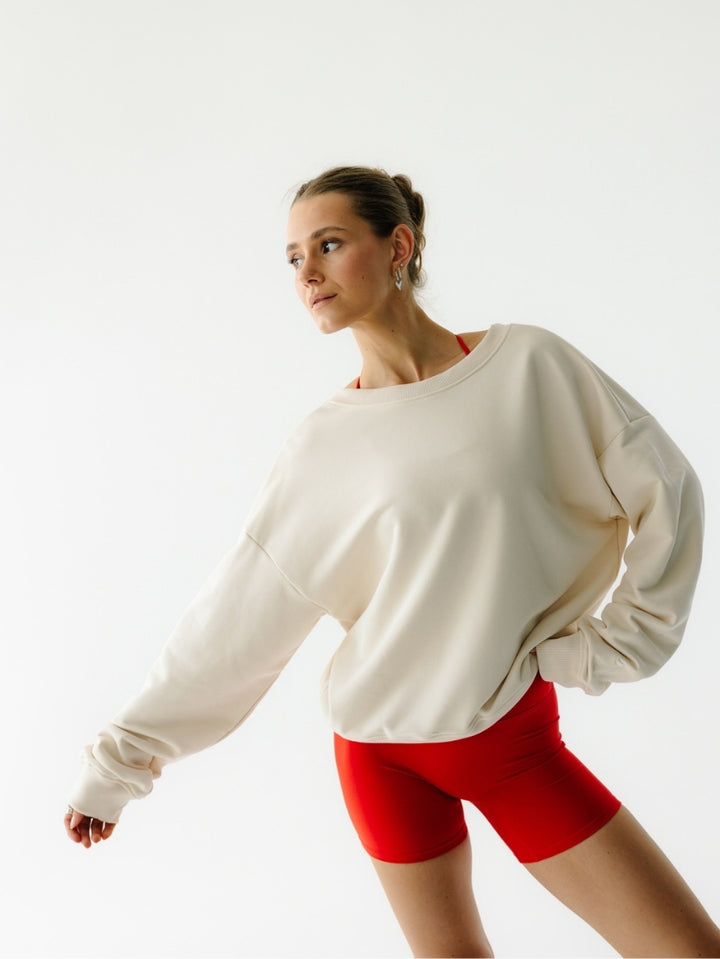Pilates during pregnancy – safe exercises for expectant mothers
Pregnancy is a unique time when a woman's body undergoes numerous changes. Properly selected physical activity can support the body's adaptation and provide relief from many ailments. One of the most frequently recommended forms of exercise during this period is Pilates. This type of exercise strengthens core muscles, improves posture, and prepares for childbirth—both physically and mentally. Learn safe tips and exercise suggestions tailored to each trimester.

What is Pilates and why is it worth practicing during pregnancy?
Pilates is a training method developed by Joseph Pilates, based on strengthening core muscles, improving posture, and conscious breathing. During pregnancy, Pilates takes on particular importance as a form of physical activity that combines safety with effectiveness. Regular practice strengthens the pelvic floor muscles, stabilizes the body, relieves pressure on the spine, and prepares the body for childbirth.
Is Pilates Safe During Pregnancy? Key Principles and Contraindications
Pilates is considered safe during pregnancy, provided it is performed with caution and tailored to the individual needs of the woman. Always consult your doctor, especially if you have a high-risk pregnancy.
The main contraindications include :
-
high-risk pregnancy,
-
bleeding,
-
gestational hypertension,
-
preeclampsia,
-
recent injuries or severe pain,
-
multiple pregnancy in advanced stage.
Before you start Pilates during pregnancy, it is worth familiarizing yourself with the basic safety rules that will help you take care of yourself and your baby during training:
-
avoid overheating your body and always stay hydrated,
-
do not hold your breath while exercising,
-
avoid lying on your back after the second trimester,
-
give up exercises that require sudden movements and jumps,
-
stop exercising if you experience any discomfort.
Benefits of Pilates for pregnant women – what is worth paying attention to?
Pilates is a way to rediscover your body, build a deeper relationship with it, and prepare for childbirth with greater awareness and peace . Many women say that regular practice has allowed them to breathe better, feel more stable, and simply navigate this intense period with greater ease. Thanks to Pilates, you can benefit from, among other things:
-
strengthening the pelvic floor, abdominal and back muscles,
-
improving body posture and relieving the spine,
-
increased flexibility and coordination,
-
better breathing control,
-
reduction of back pain,
-
preparation for childbirth,
-
supporting mental well-being through relaxation.
How to adapt Pilates training to your pregnancy trimester?
A pregnant woman's body undergoes dynamic changes, so Pilates should be adapted to each trimester.
Pilates exercises in the first trimester of pregnancy – what to pay attention to?
In the first trimester, gentleness and caution are key. Avoid overexertion, overheating, and sudden movements. Focus on learning breathing techniques, activating pelvic floor muscles, and strengthening your core.
Sample exercises:
-
diaphragmatic breathing in a sitting position – sit comfortably, straighten your back, place your hands on your belly, inhale through your nose so that your belly rises, and then exhale through your mouth, watching your belly fall;
-
activating the pelvic floor muscles – sit on a ball or chair, with your back straight, as you exhale, tense your perineum muscles as if you were trying to stop the flow of urine, and as you inhale, relax;
-
gentle squats against the wall – lean your back against the wall, place your feet hip-width apart, inhale, bend your knees, moving slightly down the wall, exhale and come back up.

Pilates in the second trimester – how to adapt exercises to your changing body?
In the second trimester, as your belly begins to expand, it's important to strengthen your stability and flexibility. Avoid lying on your back and positions that put pressure on your abdomen.
Sample exercises:
-
cat/cow on supported knees – assume the supported knees position (knees under hips, hands under shoulders), inhale, raise your chest and look upwards, exhale, round your back, tucking your chin into your breastbone;
-
limbs in a supported kneeling position – from the supported kneeling position, raise your right arm and left leg simultaneously, hold for 3 seconds, return to the starting position, repeat on the other side;
-
stretching the sides of the torso in a cross-legged position – sit on the mat, cross your legs, raise one arm above your head, and with an exhale, bend sideways.
Pilates in the third trimester – how to ensure safety?
The third trimester is a time when the body's center of gravity has shifted significantly. This is why it's important to prioritize maximum comfort, rest, and spine support. Choose exercises that don't require lying on your back or strenuous exercise, yet help maintain pelvic mobility and facilitate deep breathing.
Sample exercises:
-
Pelvic rocking on a ball – sit on a large exercise ball, place your feet hip-width apart, make gentle, circular movements of the pelvis in both directions for 1–2 minutes;
-
diaphragmatic breathing in a sitting position with support – sit on a ball or chair, rest your back against the backrest, breathe deeply and consciously for 2–3 minutes;
-
kneeling lower back stretch – kneel, sit on your heels, stretch your arms forward and rest your forehead on the mat (child’s pose), breathe calmly, stay in this position for 30–60 seconds.
Pilates for pregnant women - a sample set of exercises
Wondering what Pilates might look like during pregnancy at home? Below, you'll find a sample set of simple and safe exercises you can perform on your own, preferably after consulting with a doctor or instructor. This set doesn't replace a full training plan, but it can be a great starting point for regular movement and connecting with your body.
-
Pelvic floor muscle activation – sit comfortably, keeping your back straight. Inhale to relax your body, and exhale to gently tense your perineum muscles.
-
Diaphragmatic breathing in a sitting position – breathe calmly, inhale through the nose, the belly rises; exhale through the mouth, the belly falls.
-
Cat/Cow on your knees – change the position of your spine: arch your back down as you exhale, and round it up as you exhale.
-
Alternating limb raises – while on your knees, raise one arm and the opposite leg.
-
Cross-legged side bends – sit up straight, raise your arm and gently bend to the side.
Pilates as support in preparing for childbirth
Pilates strengthens the muscles needed for contractions and pushing, improves breathing control, increases body awareness, and supports stress management. Women who practice Pilates regularly often find it easier to recover after childbirth.
What is worth knowing before starting Pilates during pregnancy?
Before you begin practicing Pilates during pregnancy, it's worth taking the time to prepare thoroughly. First, consult your doctor – they can help you assess whether there are any contraindications to physical activity. The next step is to find an instructor who has experience working with pregnant women and can adapt the exercise program to your abilities and current stage of pregnancy. Basic accessories will also be useful : a non-slip Pilates mat , an elastic band, or an exercise ball – these will make your workout safer and more comfortable. Don't forget your outfit – stretchy leggings and a loose sweatshirt , such as those from the JOYINME collection, will ensure freedom of movement and comfort during every session.
Pilates during pregnancy can be an effective tool supporting the health and well-being of expectant mothers . Regular practice under the supervision of an experienced instructor can bring many benefits, so when choosing specific exercises, it's important to prioritize safety, listen to your body, and consult with your doctor at every stage of pregnancy.






